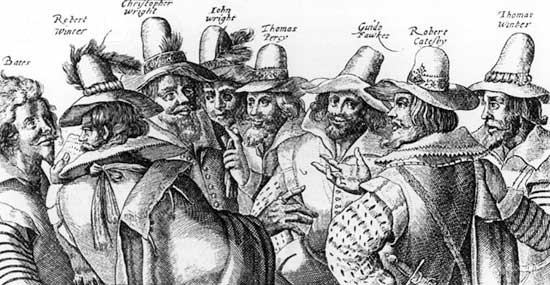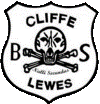The History of Bonfire Night

Following the capture of Guy Fawkes on 5th November 1605 and the arrest of his fellow conspirators the Government responded immediately to this attempt to blow up the King and Parliament. An Act entitled ‘An Acte for a publique Thancksgiving to Almighty God everie yeere of the Fifte day of November’ was passed in January 1606 that proclaimed the discovery of the Gunpowder Plot should ‘be held in a perpetual Remembrance’ and that the day be ‘a holiday for ever in thankfulness to God for the deliverance and detestation of the Papists’. This annual ‘remembrance’ was to be marked by a morning service in every parish church at which a special prayer of thanksgiving was to be offered up.
The origin of today’s Lewes ‘Bonfire Night’ celebrations is undoubtedly rooted in this Act and many would like to believe that the Discovery of the Gunpowder Plot has been commemorated each 5th November since 1606. However insufficient documentary evidence supports this and it seems likely that the ‘holiday’ was discontinued during Cromwell’s Commonwealth when entertainments of the common people were suppressed, reflecting the Puritanical outlook of that period. The restoration of monarchy probably saw the reintroduction of the commemoration, but whether it was more than a church service has to remain conjecture.
It is not until 1679 before Benjamin Harris, in the Domestick Intelligence, records an isolated account of events in Lewes. He provides a detailed description of an anti-papal procession parading through the streets of Lewes, participants attired in mock religious regalia and carrying a papal effigy. However whether this was an annual occurrence is uncertain as in that year Titus Oates falsely claimed the existence of a Popish Plot. Such was the paranoiac fear of Roman Catholicism that Oates’ revelations provoked large anti-papal demonstrations in London and which may have similarly influenced events in Lewes.
During the 18th century events in Lewes on the ‘Fifth’ were occasionally reported in the local press. These suggest no established form of celebration until towards the end of the century when a fire was beginning to be regularly lit at the top of School Hill, often accompanied by disturbances and arrests. Following riotous events in 1806 the firesite was moved to the safety of Gallows Bank. The celebrations subsequently went into decline leading the press to comment in 1814 that ‘we scarcely remember our streets to have been so free from annoyance of squibs, rockets and other fireworks’.
Enthusiasm for the ‘Fifth’ was rekindled during the 1820’s and from that time the local press has reported the annual celebrations. These reports graphically describe very lively, if not riotous, proceedings with a large bonfire being built in the High Street between the White Hart and County Hall (now the Law Courts) attended by large crowds. Fireballs and squibs were thrown and an increasing number of blazing tar barrels being dragged through the streets. The magistrates, supported by local people sworn in as special constables, attempted to curtail the more unruly elements and in 1847, following an attack on a local magistrate the previous year, London police were drafted into Lewes in an attempt to suppress the bonfire boys’ activities.
Such was the support for the celebrations in the town that this attempt failed, but the bonfire boys were compelled to hold their celebrations in Wallands Park, away from the High Street, until 1850. In that year the reintroduction of the Catholic hierarchy into Britain led the town authorities to permit the celebrations to return to the High Street. However this return to the streets of Lewes was marked by a significant change in the celebration’s character and heralded the formation of the Cliffe Bonfire Society. Recognising that riotous proceedings would no longer be tolerated the bonfire boys formed themselves into Bonfire Societies and set about organising military style torchlight processions efficiently marshalled by members resplendent in various titles including Commander-in-Chief, Staff Officer and Inspector General.
© 2003 Jim Etherington

